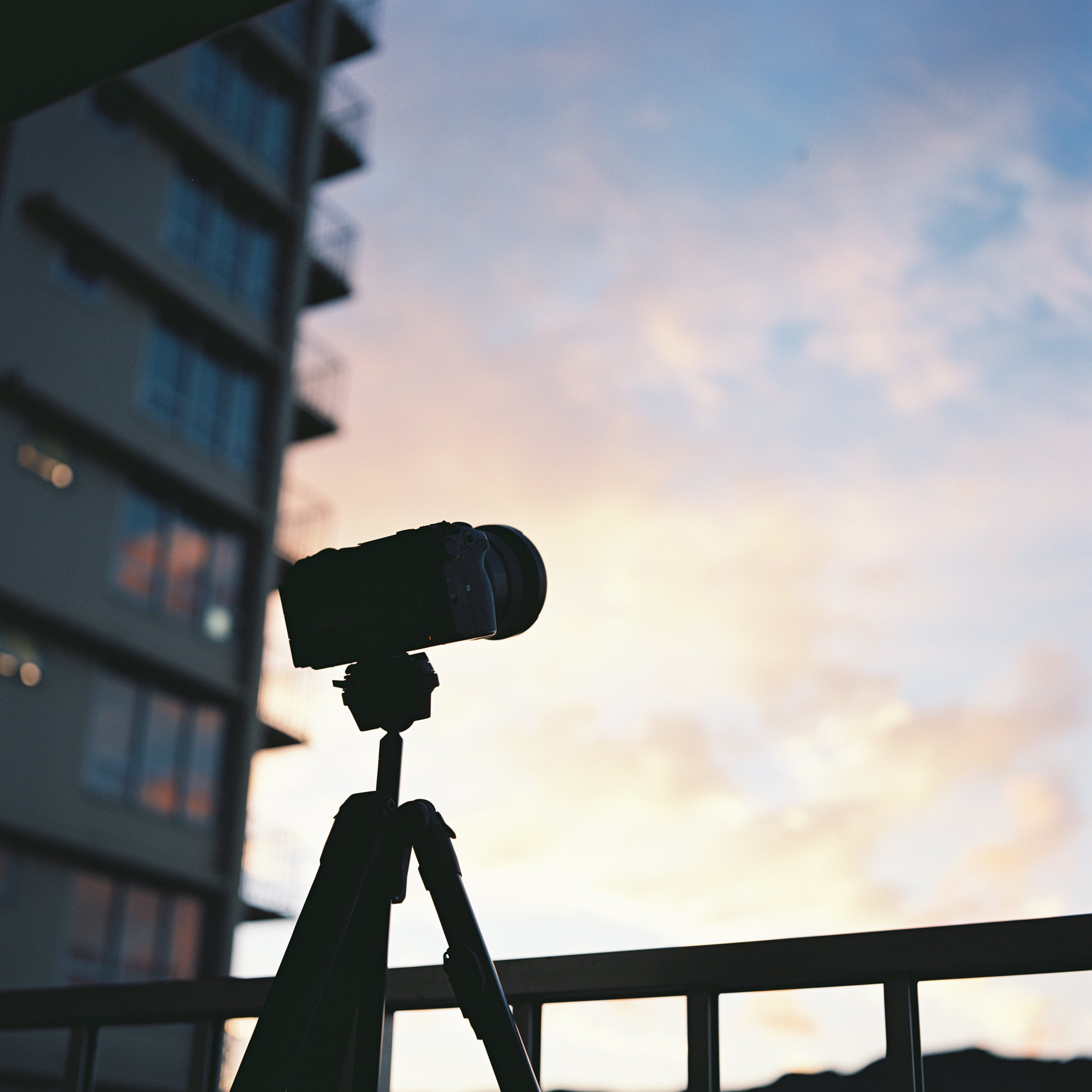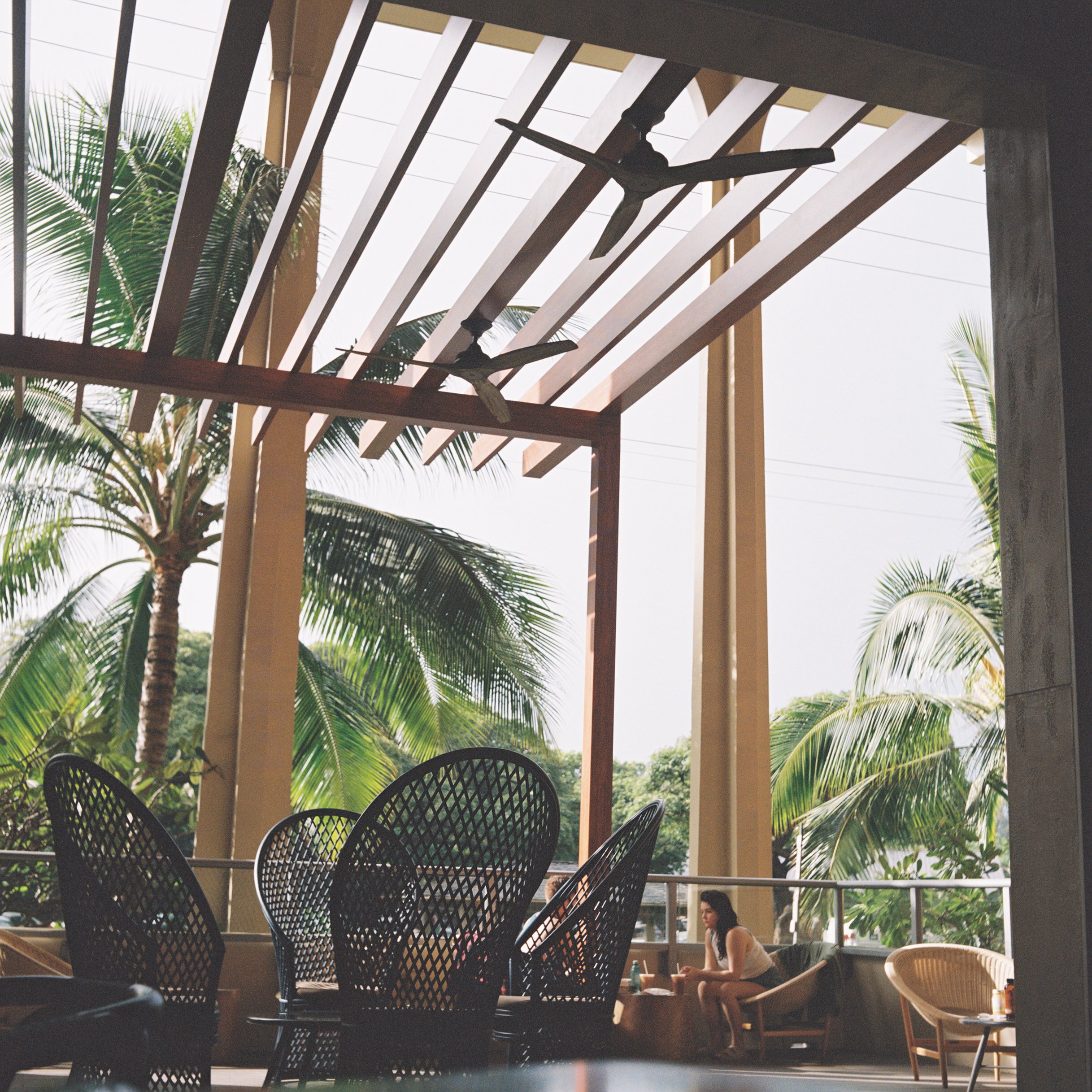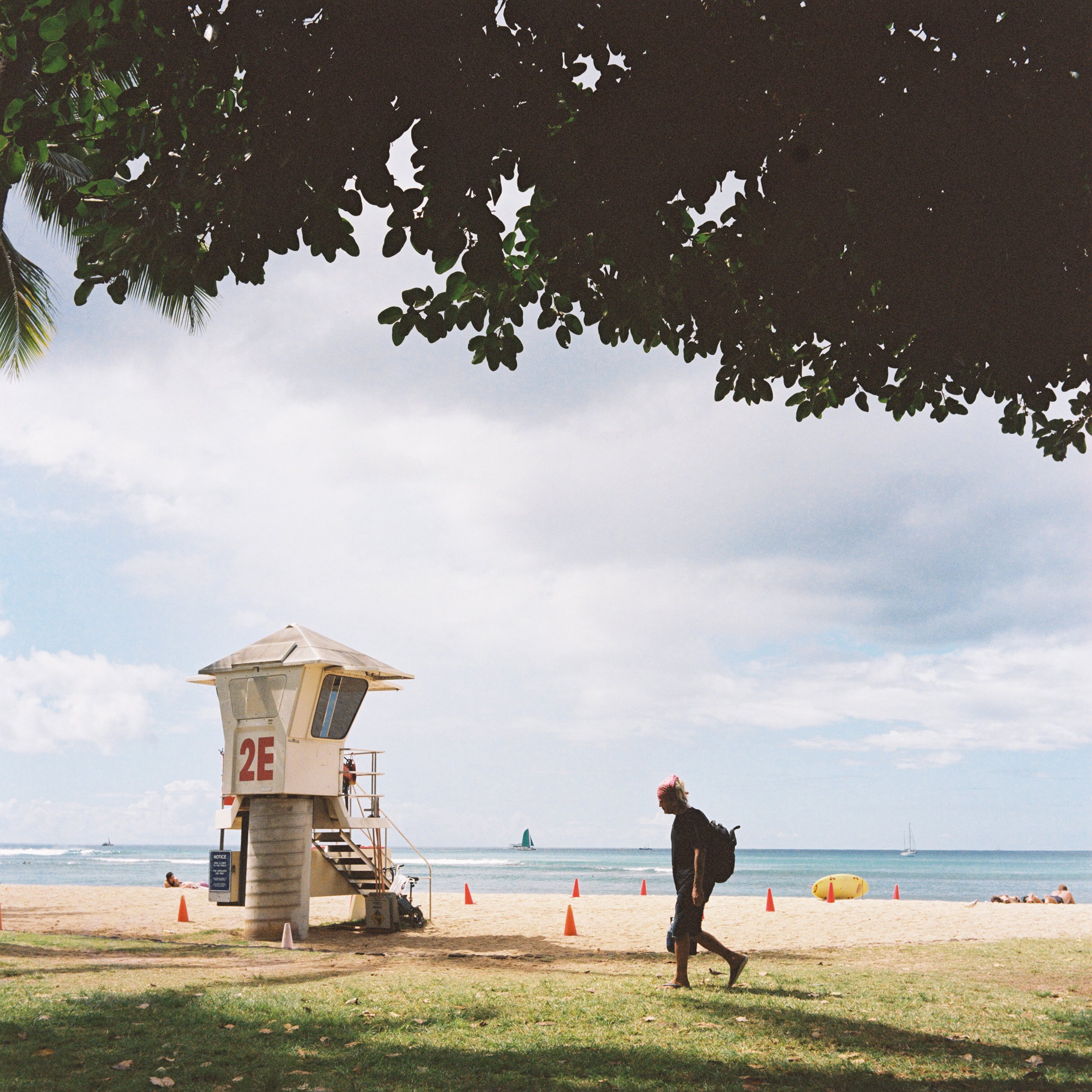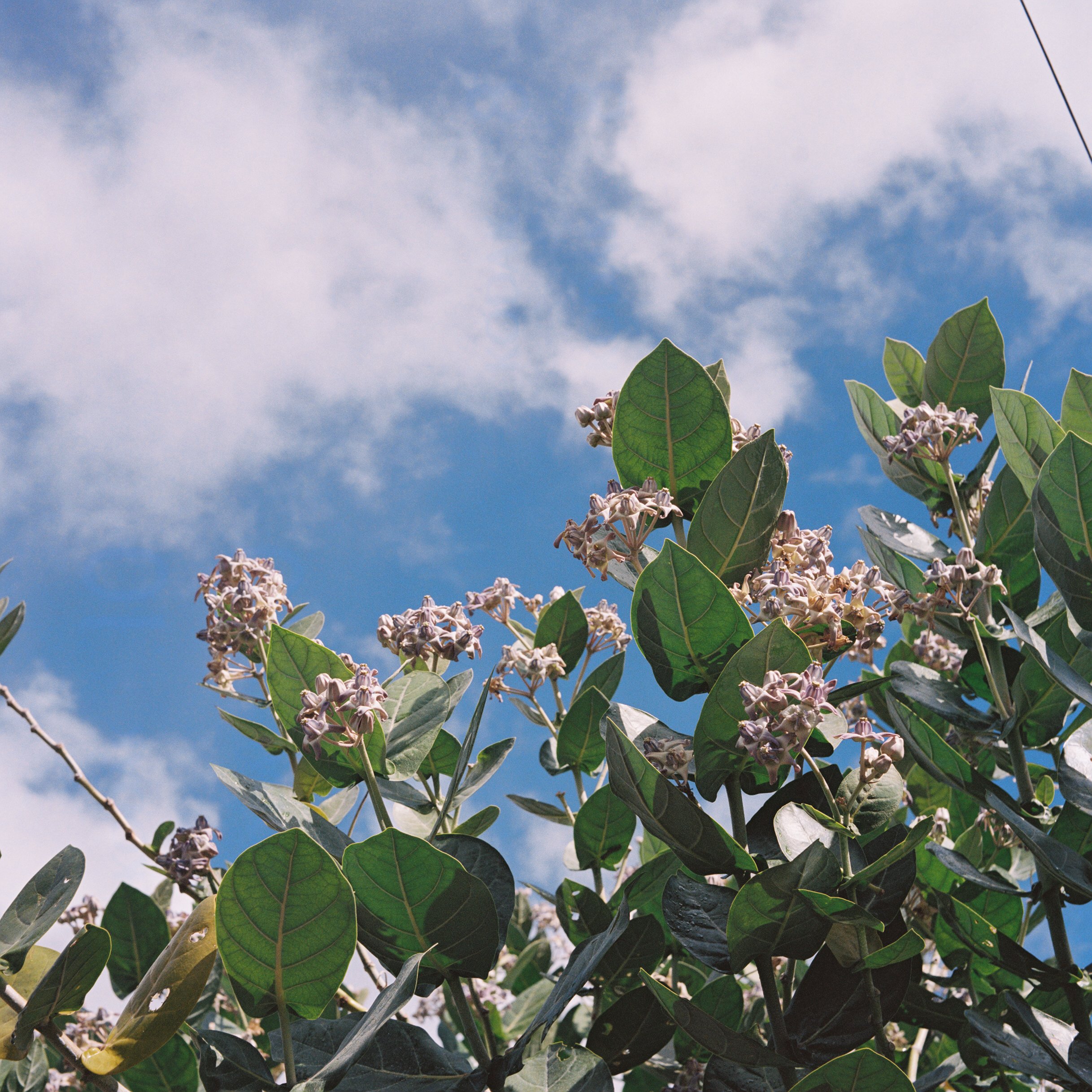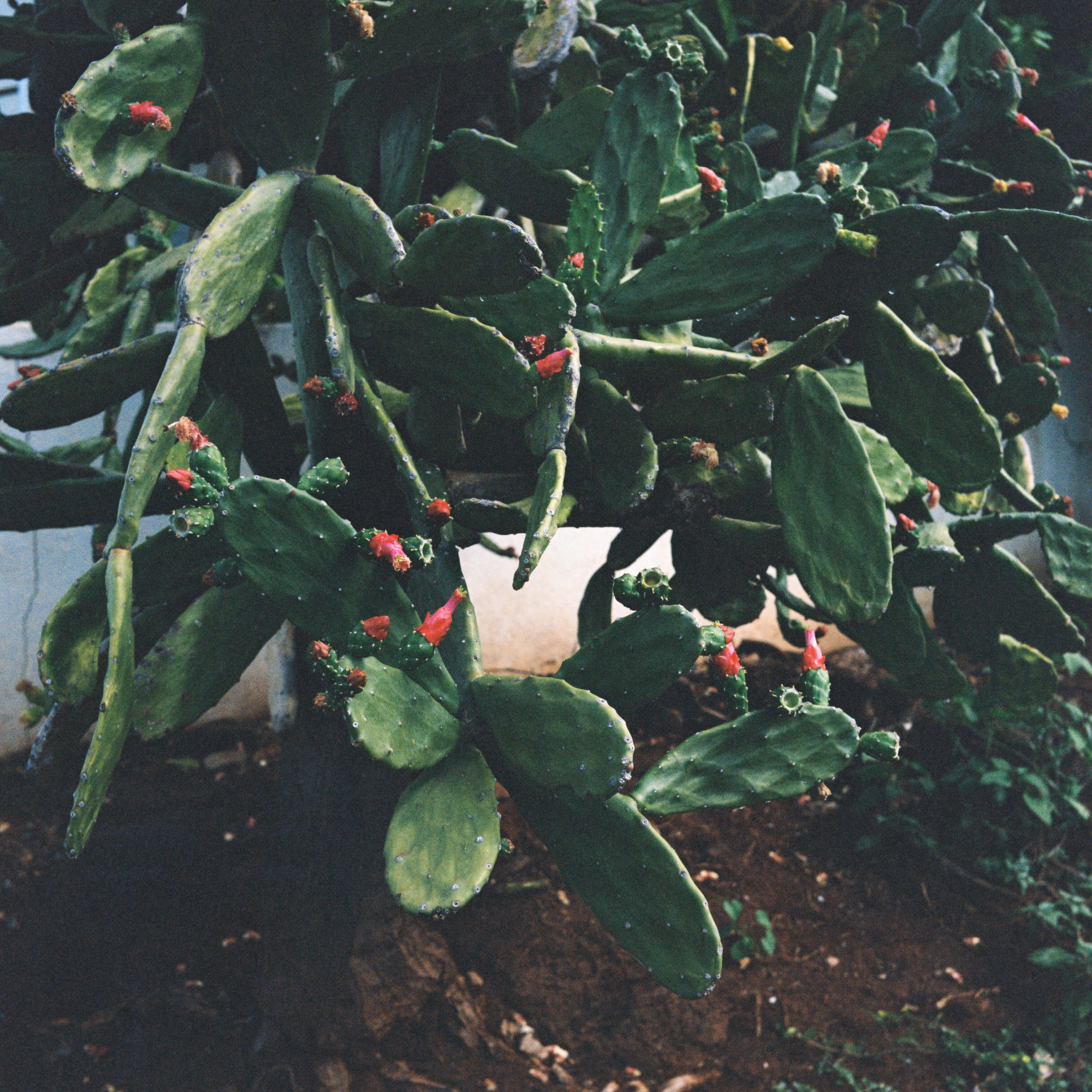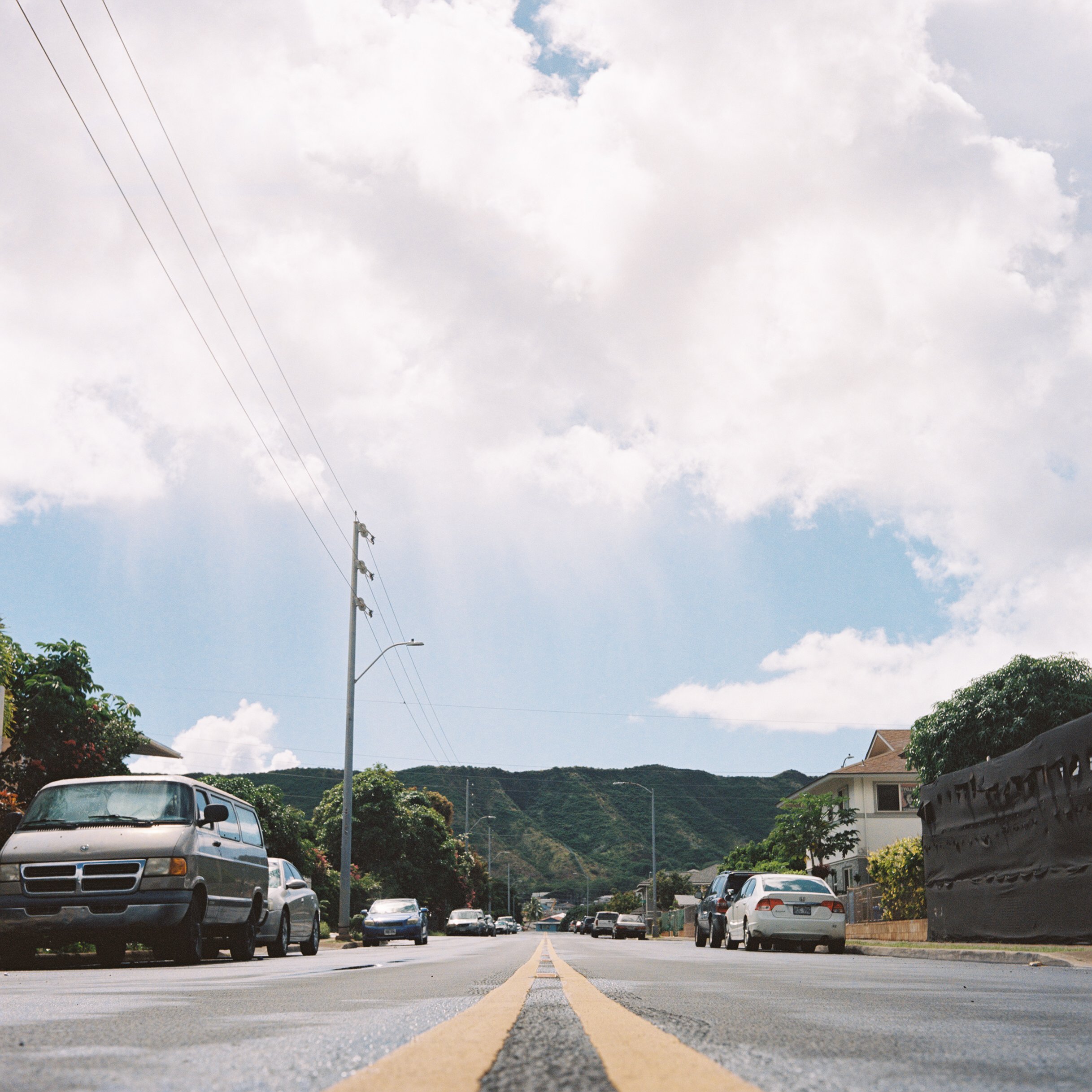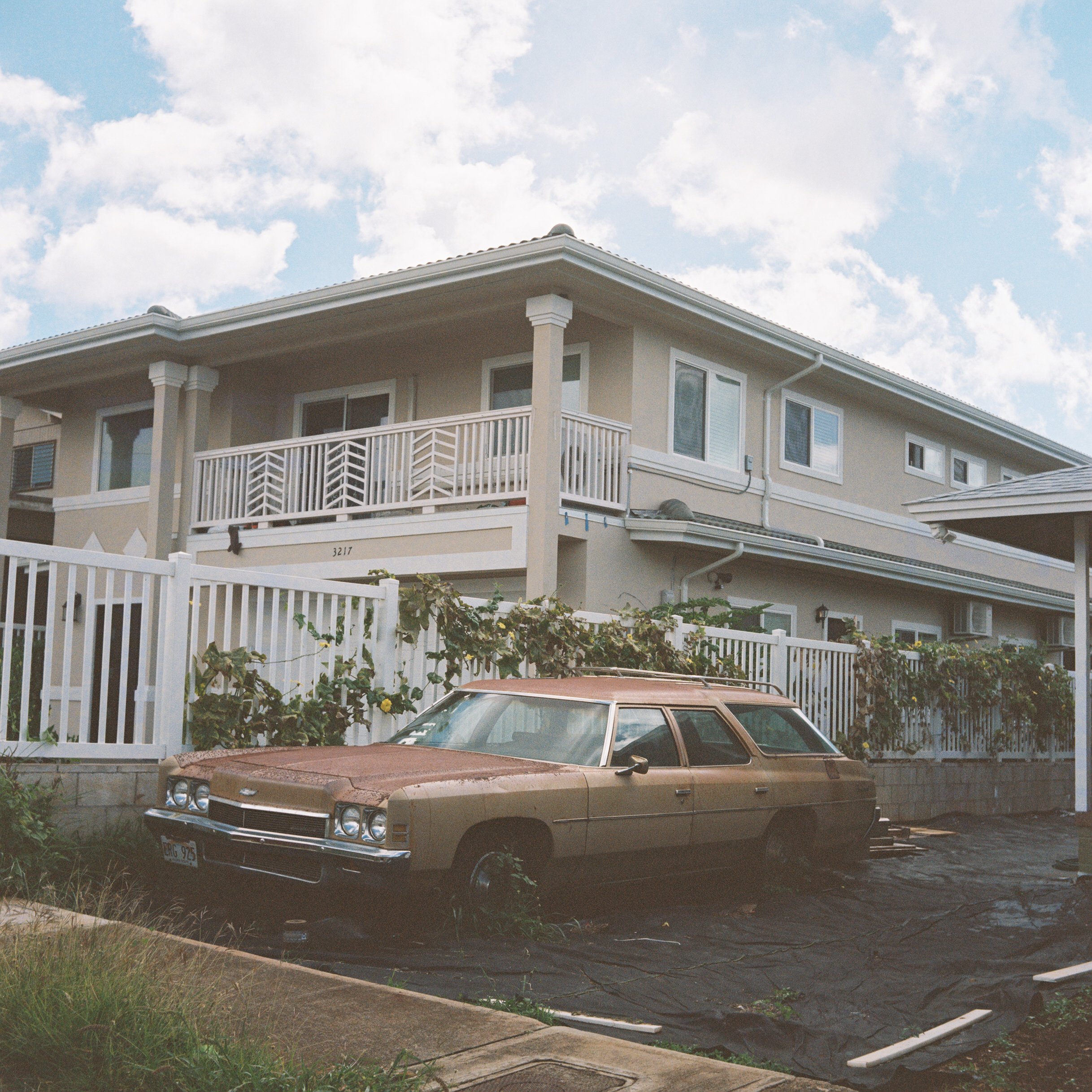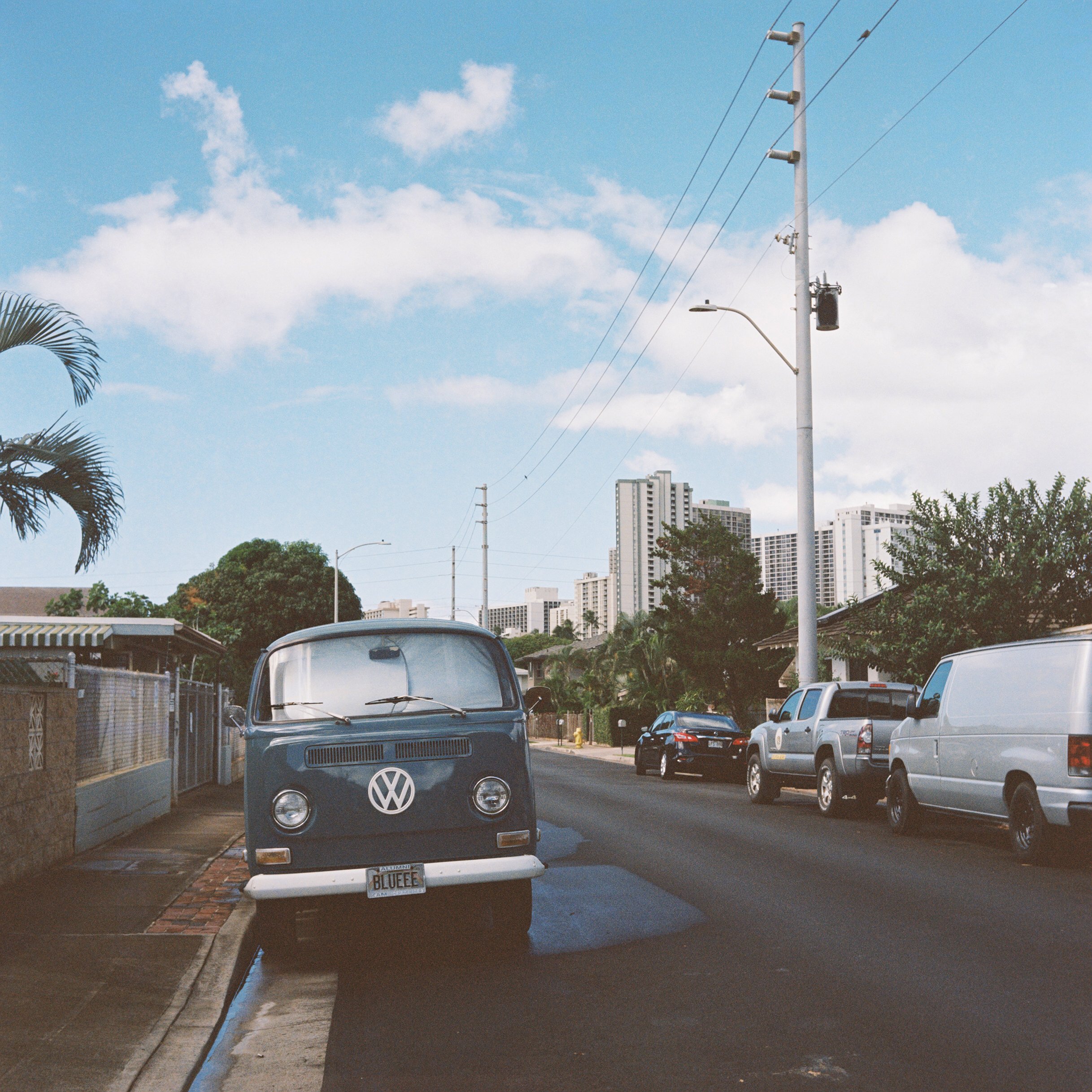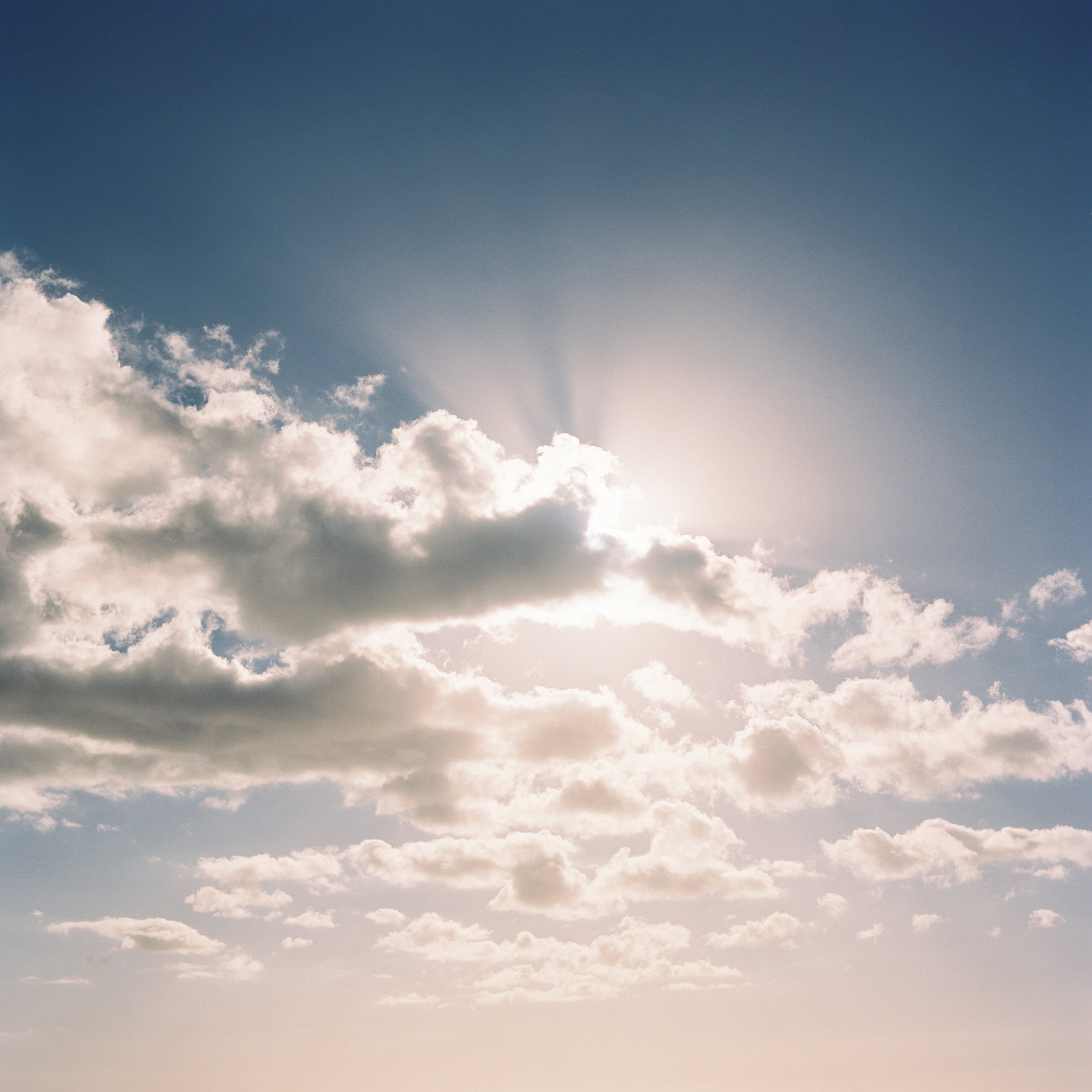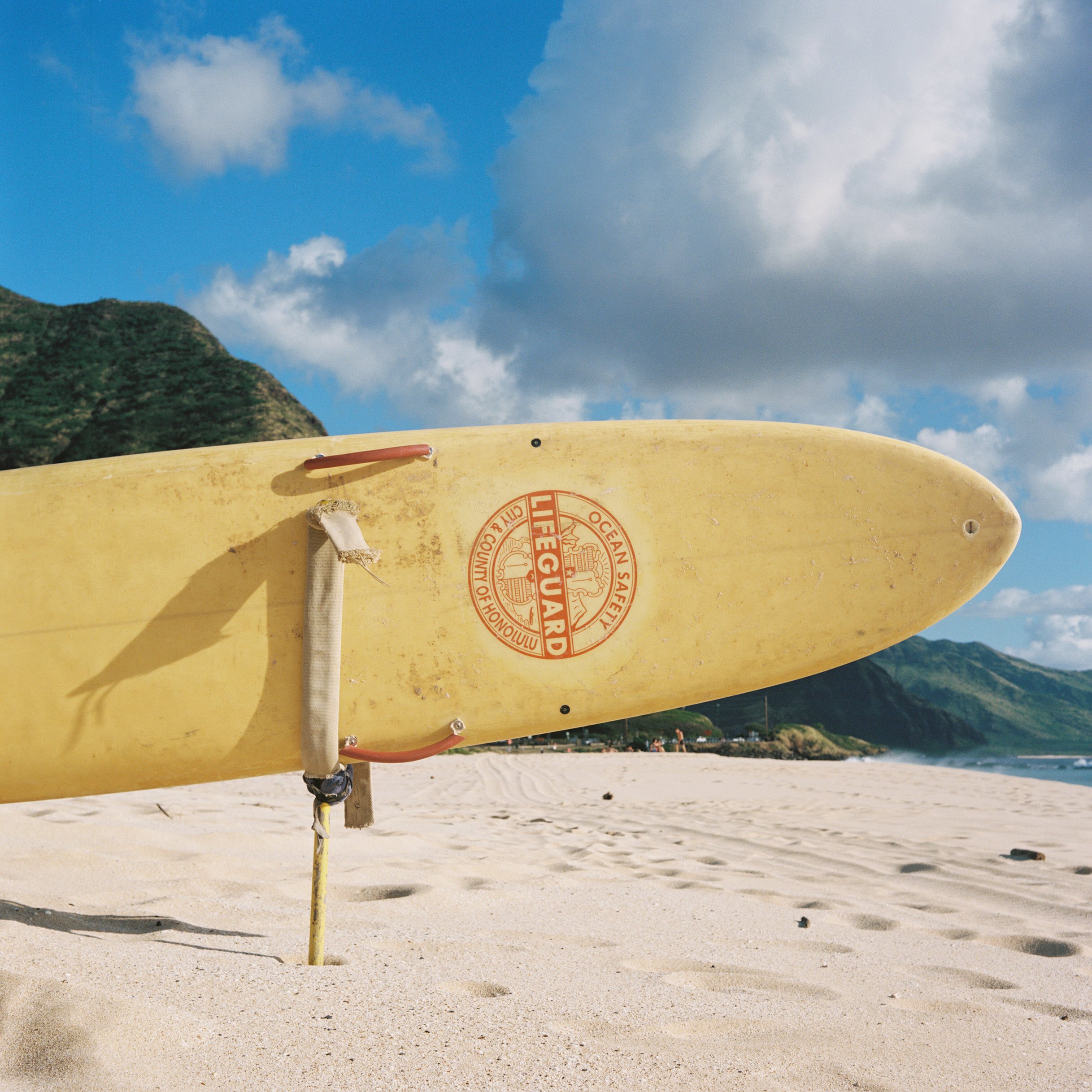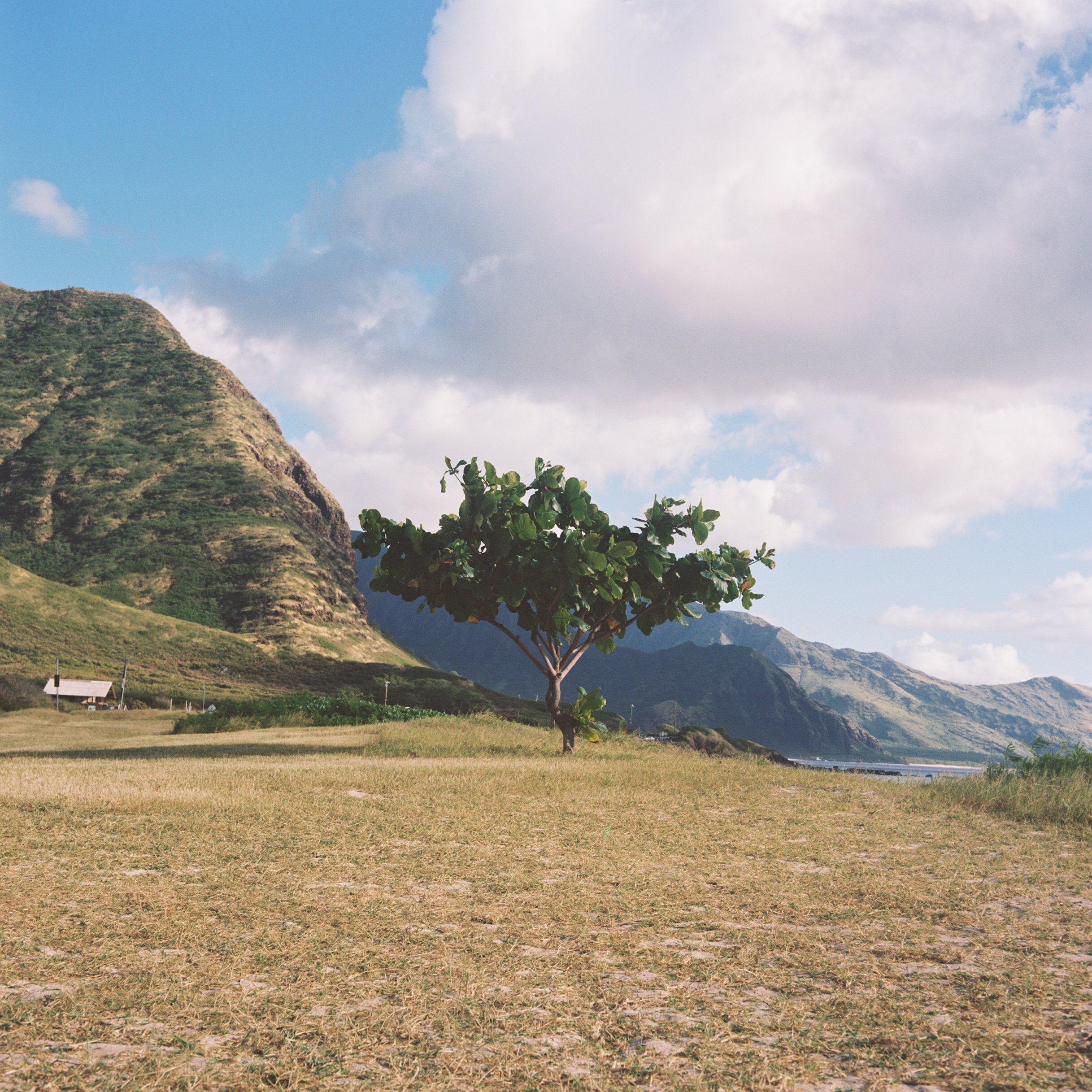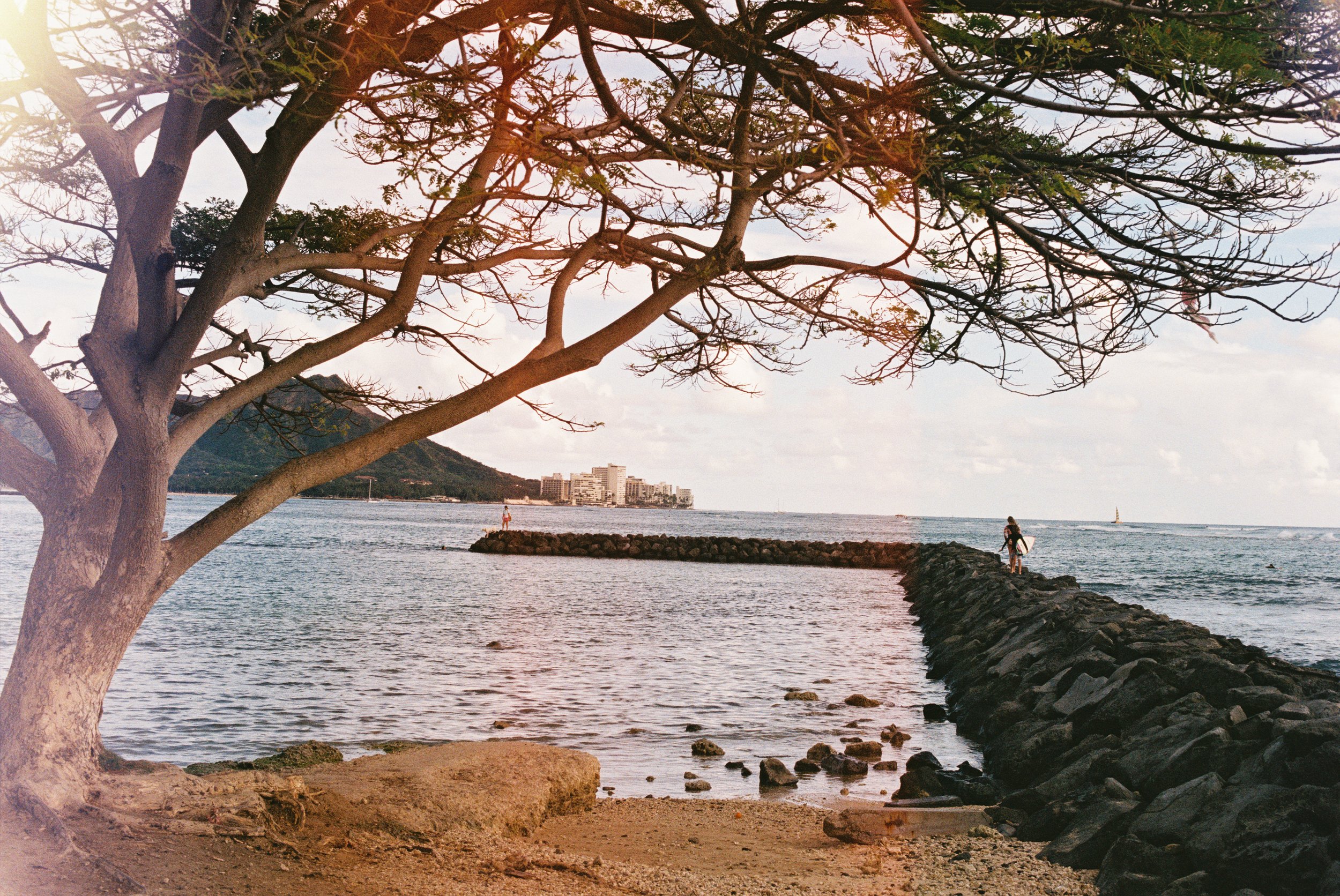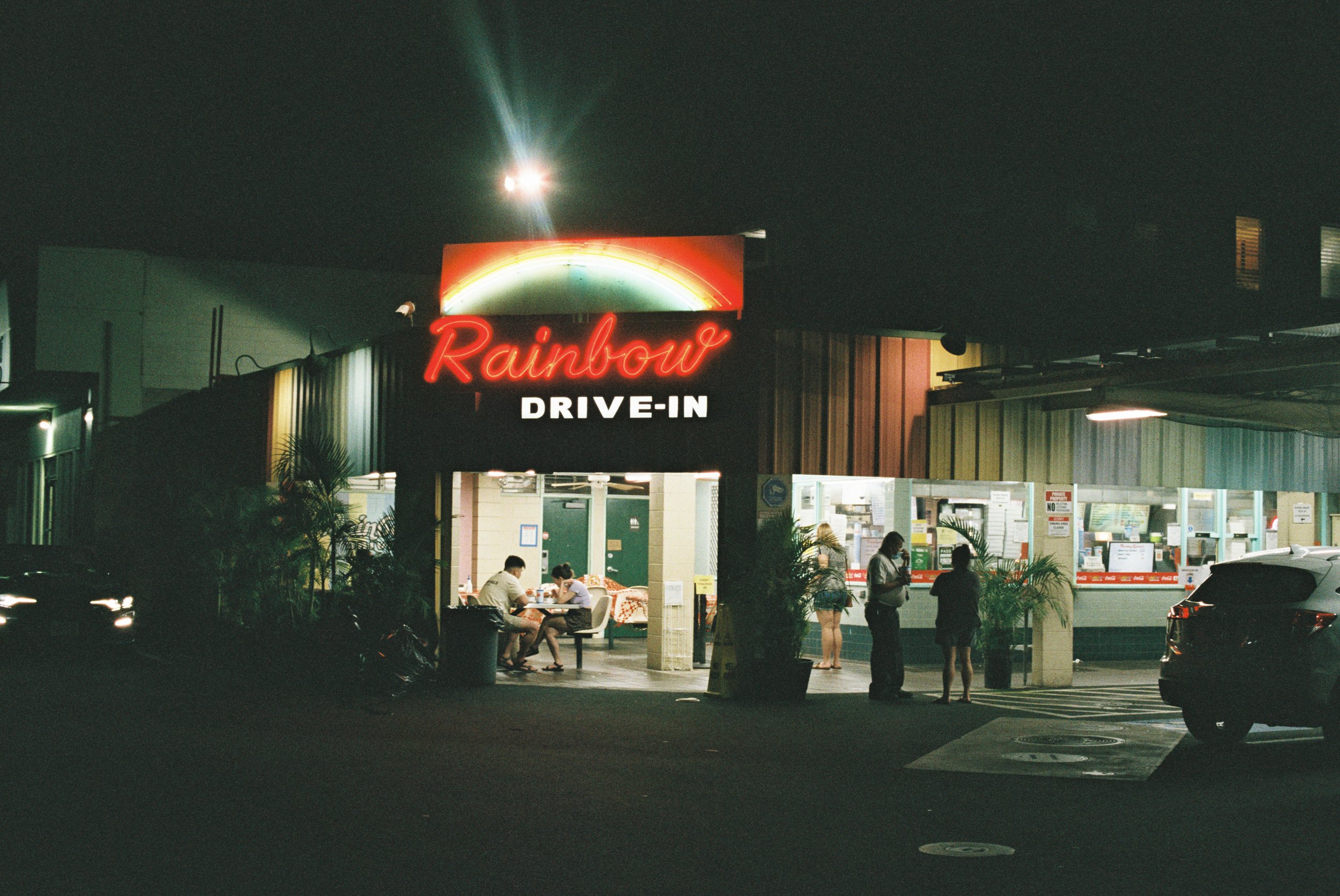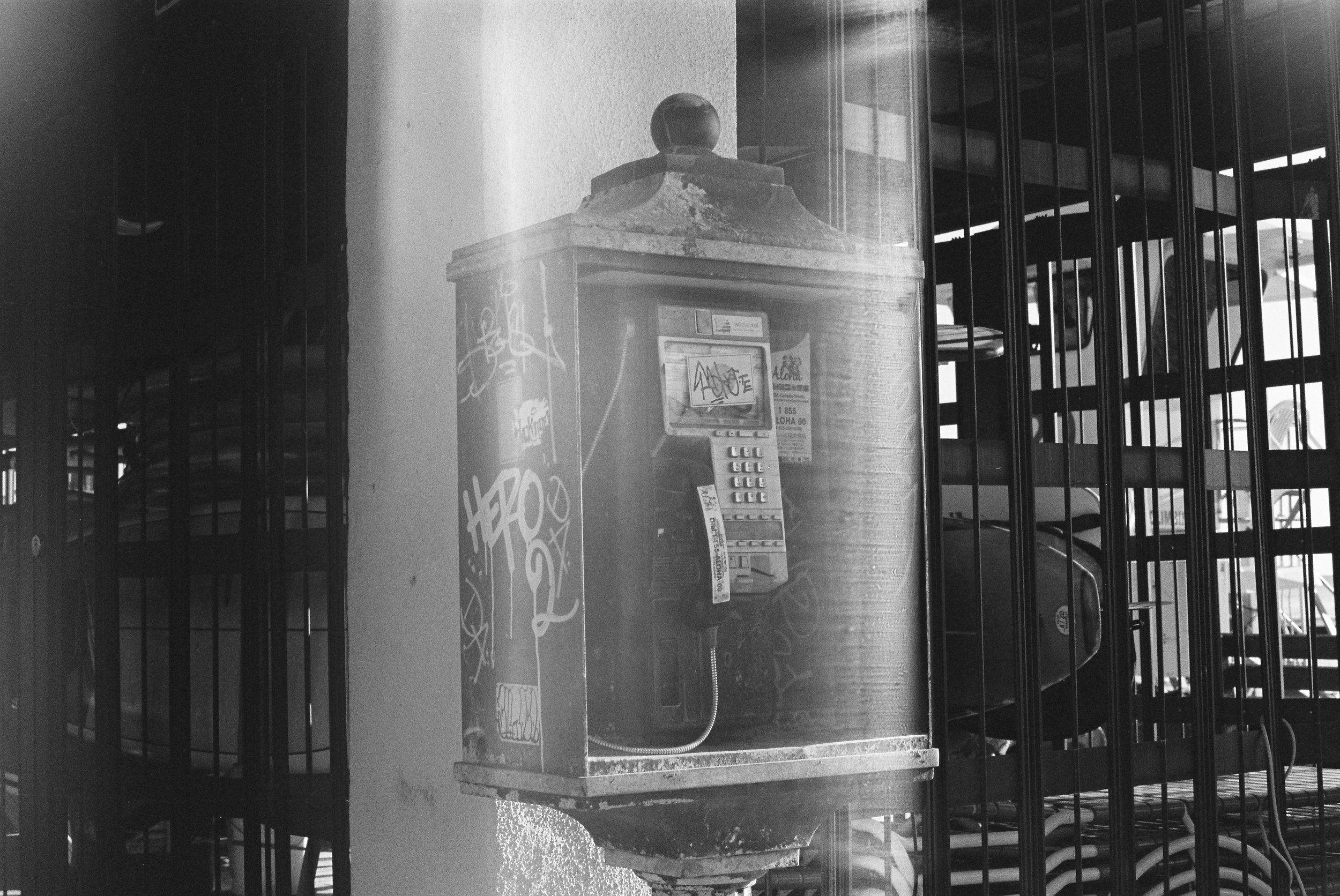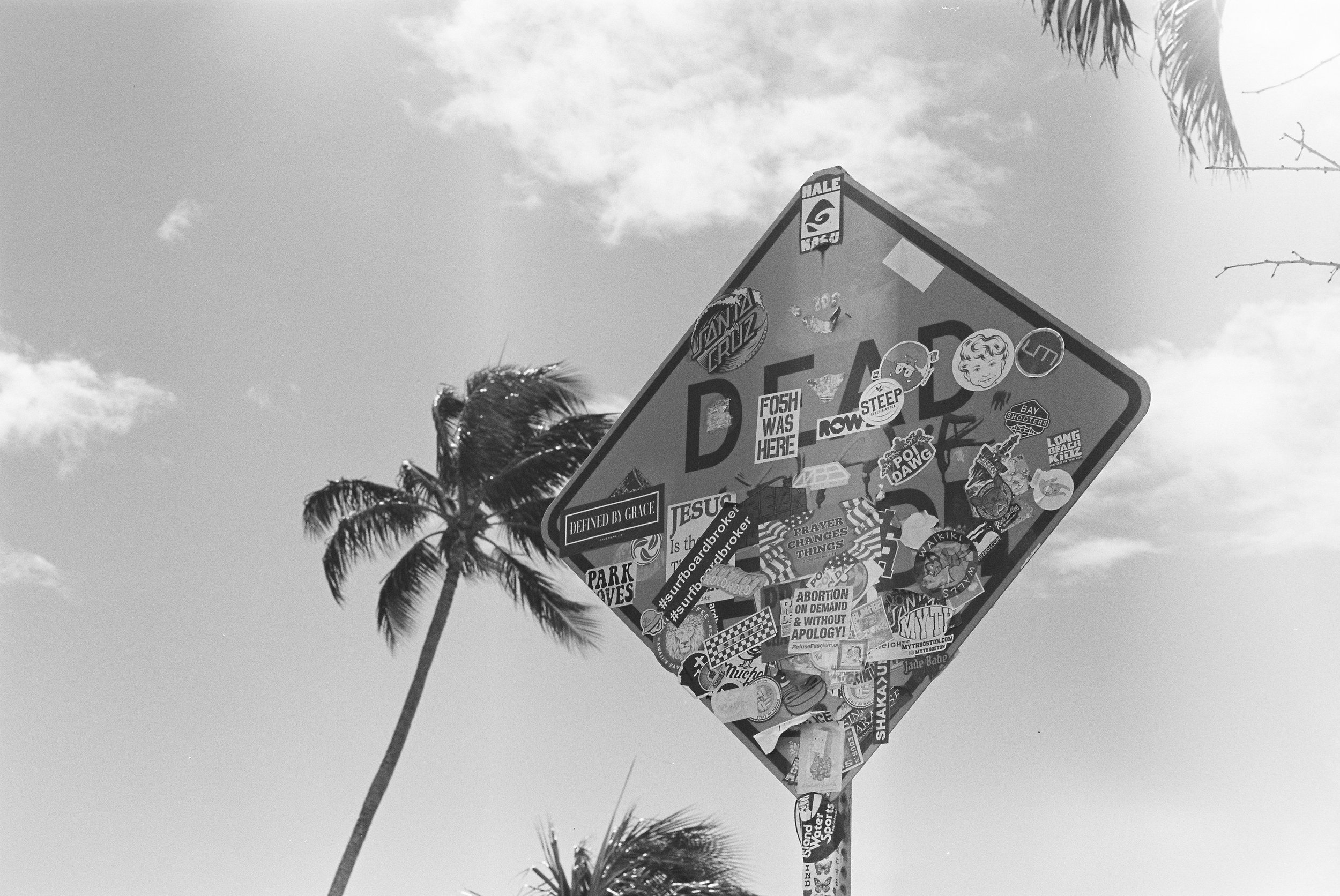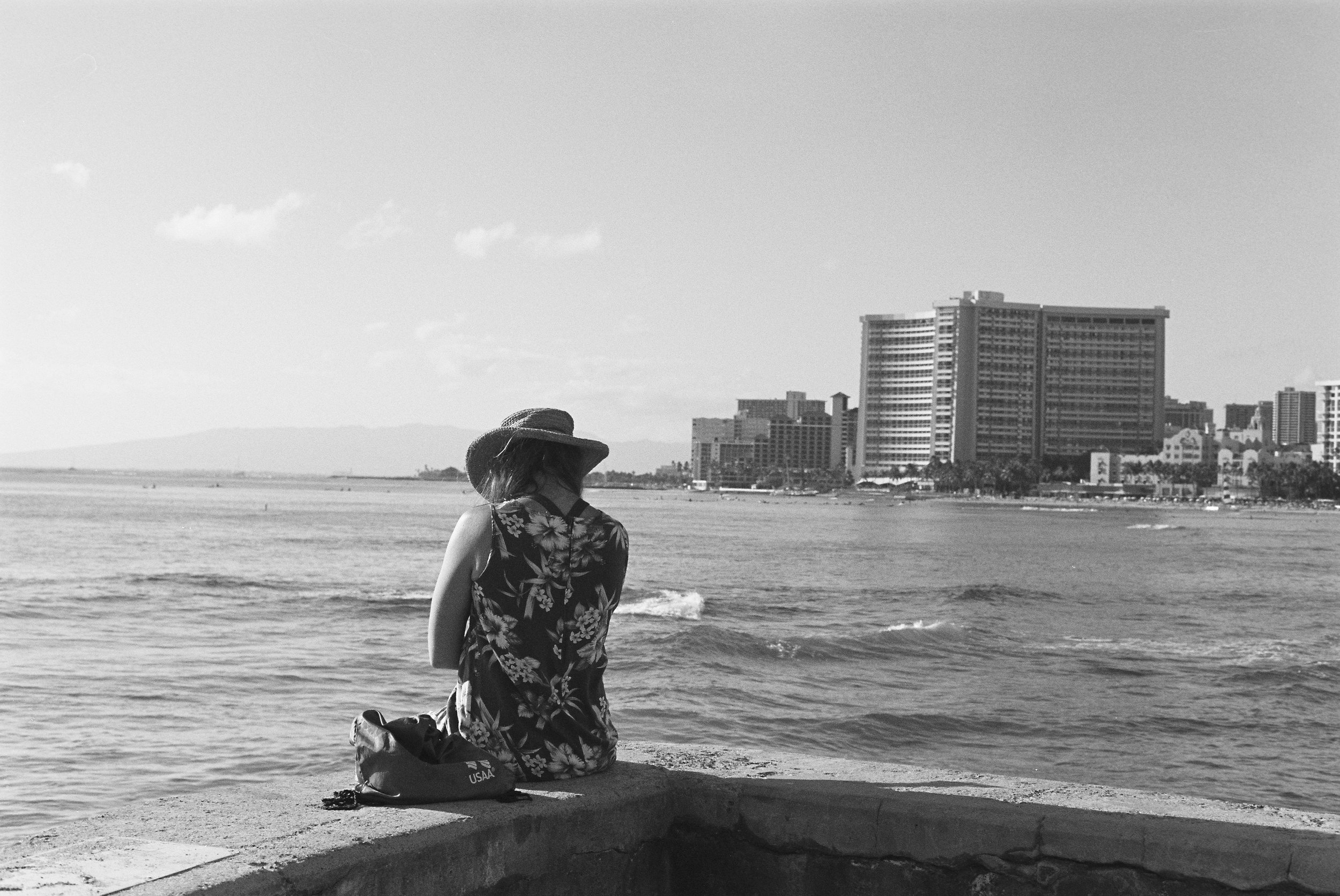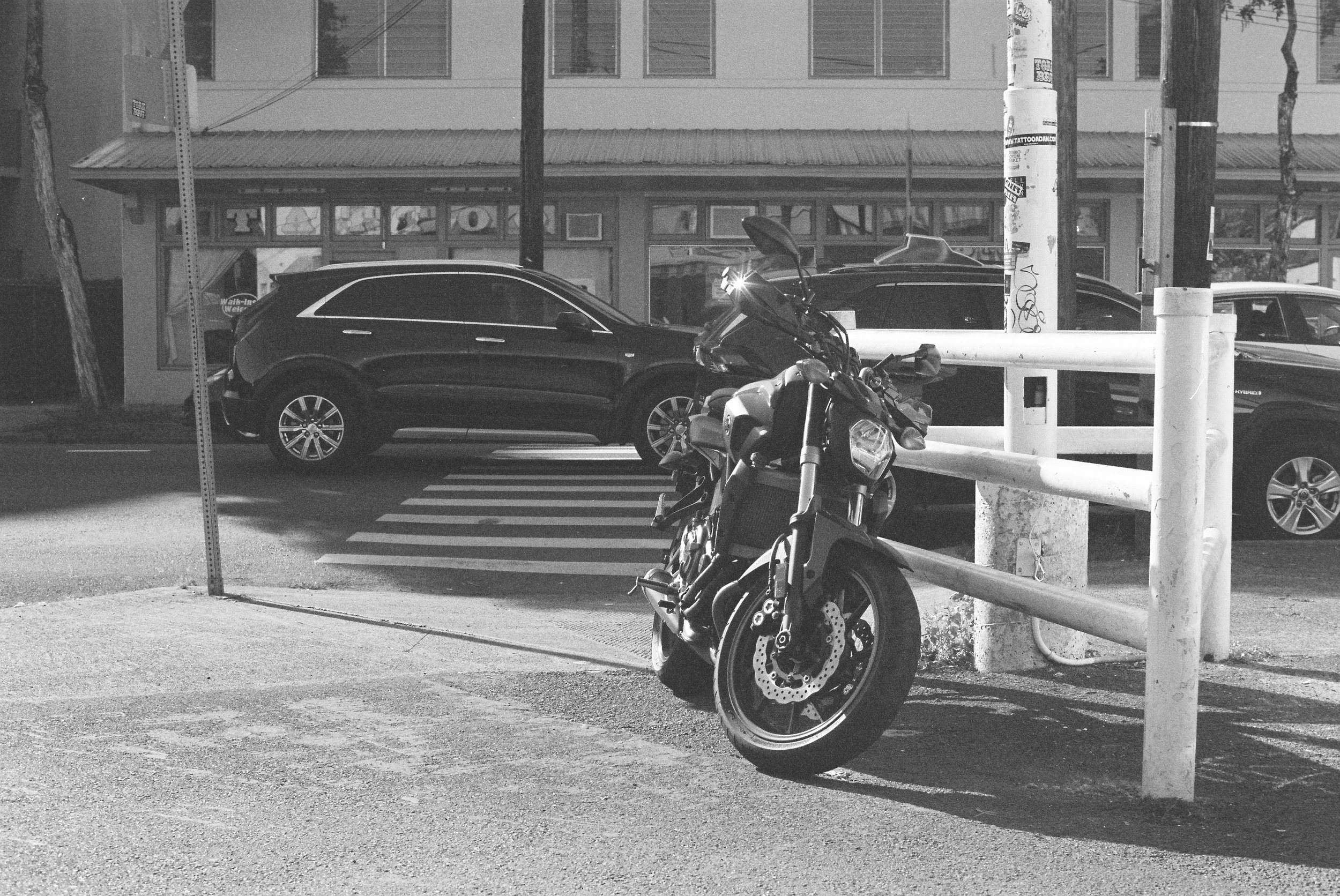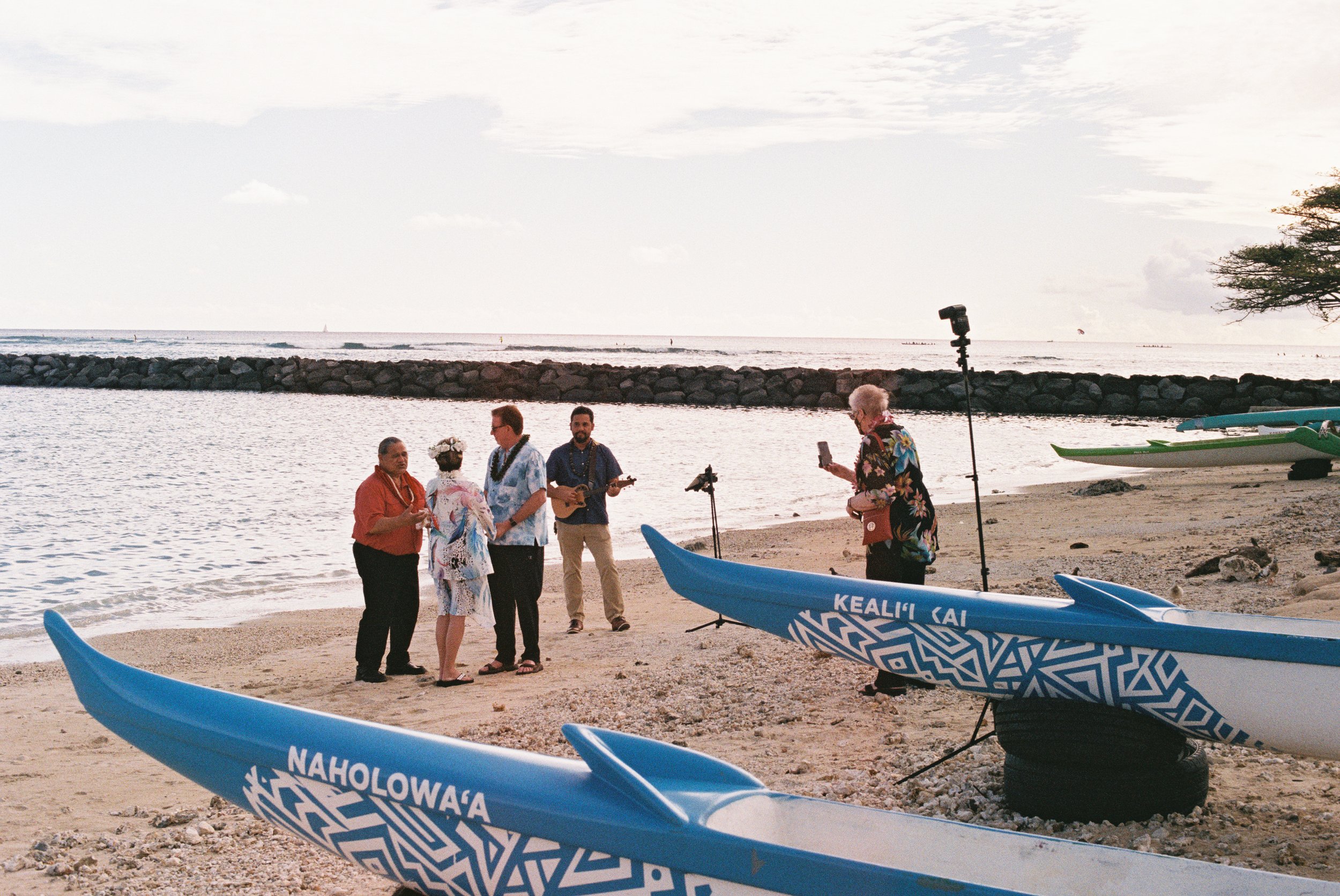I never seem to learn my lesson. I’ve always brought too many camera and lenses when I traveled which made my bag heavier to lug around, and this time I brought two film cameras and the Sony FX3 to vlog on my trip.
One issue that I’ve often faced when it came to shooting on film is getting a proper exposure. On the Canon AE-1, there’s a built-in light meter where it tells you what your aperture should be set at based off the what the film speed and shutter speed was set at. However it can be difficult to see what the pointer lands on, especially in lower light situations.
While using a light meter phone app was a free solution to get proper exposure readings, it was a bit of a process to pull out my phone and switch to the app to get a reading. One day I was served an advert that showed me the Voightlander Speed Meter, which piqued my interest that was quickly taken aback by the $200+ price tag.
That’s when the TT artisan light meter popped up. It looked to be a similar sized product and seemed to offer the same use, but at around $70. $70 was much easier to stomach.
I was opposed to buying the TT artisan initially because I had a Sekonic Master light meter that my friend had gifted me from presumably the 1980s, which took a bit for me to figure out to set correctly, but was fairly bulky to carry around and the dials moved around in your pocket, changing the settings I set previously.
I thought I would have similar conclusion with the TT artisan, but the small size and easier user interface made it so much quicker for me to get a light meter reading. I found to prefer having physical dials and buttons over a digital app as I experienced some small glitches with the app not selecting the value I wanted at first try, and the TT artisan made it simple and easy to understand what settings I should set my camera at unlike the older Sekonic Master.
The small size also made it easy to slip in and out of my pockets, so it wasn’t a big hassle to carry around when I went out shooting. Once I got back home and had my photos developed, I was pleasantly surprised to see nearly all of the photos I took were well exposed.

